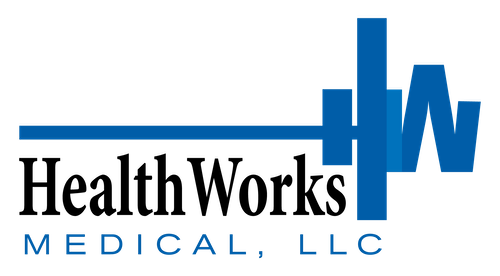
By: Patrick Howell, CEO of HealthWorks Medical
In today’s data-driven world, what you don’t measure, you can’t manage. Occupational health isn’t just about checkboxes and compliance—it’s about using the right data to drive decisions, reduce risk, and create a healthier, more productive workforce. In this issue, we’re breaking down the five metrics that every employer should be tracking in 2025 and beyond.
What You’ll Learn
- The five essential metrics for occupational health performance
- How to use each one to improve outcomes and reduce claims
- Benchmarks to guide strategic planning and budgeting
Why It Matters
Too many companies rely on lagging indicators (like injuries) instead of tracking the signals that could have prevented them. These five metrics will give you a forward-looking view of your workplace health so you can take smarter, earlier action.
The Five Must-Track Occupational Health Metrics
1. Pre-Hire Screen Pass Rate
Why it matters: A low pass rate may signal misalignment between job demands and candidate pools. A high rate (with later injuries) could indicate overly lenient screening.
What to watch: Trends over time by job role. Adjust screening criteria as needed.
2. Average Time to Treatment (Injury Response)
Why it matters: Delayed care leads to higher severity, longer recovery, and more claims. Rapid triage and treatment drive better outcomes.
What to watch: Time between report and first medical evaluation. Goal: < 24 hours.
3. Return-to-Work Rate
Why it matters: This metric helps evaluate both clinical recovery and accommodation effectiveness.
What to watch: Percentage of injured employees returning to modified or full duty within 7, 14, and 30 days.
4. OSHA Recordable Rate
Why it matters: It’s a standardized compliance benchmark and an easy way to compare safety performance.
What to watch: Total number of OSHA-recordable incidents per 100 full-time workers. Aim for continuous reduction year-over-year.
5. Employee Health Risk Trend
Why it matters: A rising trend in biometric or lifestyle risk factors (e.g., high blood pressure, obesity, tobacco use) predicts increased future claims and costs.
What to watch: Aggregated data from wellness screenings or health risk assessments. Use for targeted interventions.
Final Thoughts
Tracking these five metrics can help you predict injuries before they happen, target interventions where they’re needed most, and demonstrate the ROI of your occupational health strategy.
